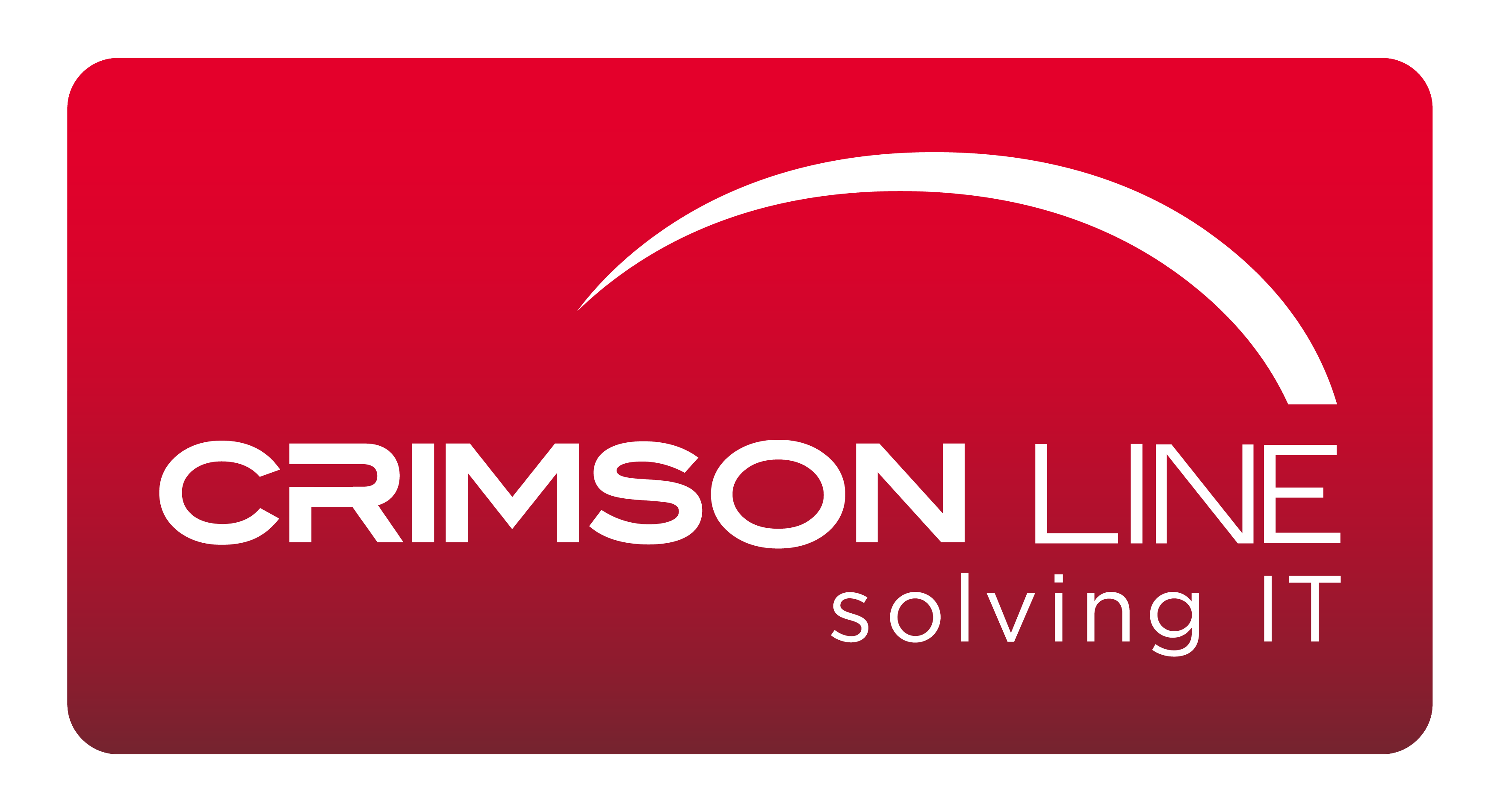Get enterprise capabilities for your SMB
What is happening with cloud technology?
In a McKinsey study, SMBs were able to reduce costs by 50% by moving to an IaaS (Infrastructure as a Service) solution. According to AMI research, roughly one quarter of SBs and one half of MBs plan to shift their budgets to more cloud spending over on-premises spending. This taps into consumption-based resources and services that can be scaled up or down depending on your need. In the past, a small business would not be able to afford these solutions. It was only reserved for big budget enterprises.
How can the cloud help me?
It gives you enterprise capabilities on a SMB budget. Who doesn’t want more bang for their buck? If you’re like most companies, you’re starting to see the value of cloud computing and recognizing it as the way of the future.
But, you likely have some questions about how it all works and what it means for your team to manage:
- Data backups: if you’ve been managing an on-prem server, the idea of sending your data into the cloud can be disconcerting;
- Recovery: what if something happens to the servers storing your data? How will you access your business-critical information without service interruption for your end-customer?
- Security: How will you protect data in-transit and at rest? Will you even know if there has been a security breach? How will you mitigate threats if your data lives outside your firewall?
You look at Microsoft Azure.
Fortunately, Microsoft has been solving these problems for years, and has developed industry-leading backup, recovery and security solutions.
Get peace of mind with disaster recovery solutions, easy data backup services and quick deployment, and management, of customer applications in the cloud using Microsoft Azure.
Data backup: With Azure backup solutions, you can protect your data and applications to avoid costly business interruptions, or to meet compliance requirements. Securely extend your on-premises backup storage and data archiving solutions to the cloud: reducing cost and complexity, while achieving efficiency and scalability. Manage data growth while lowering deployment and management costs.
Disaster recovery: How long did it take to get your servers running again after a hardware failure, or ransomware attack? Even a minor outage can put you at a competitive disadvantage. So, be ready with a business continuity plan that includes disaster recovery for all your major IT systems – WITHOUT THE EXPENSE OF SECONDARY HARDWARE. Yes, Azure protects all your major IT systems affordably because it eliminates the hassle and cost of secondary hardware. Even better, Azure allows SMBs to tap into nearly infinite capacity at a moment’s notice with a cloud-based data recovery solution designed for the needs of enterprises.
Security: With an increase in security breaches and cybercrimes, companies are rightfully concerned about the security of their data in the cloud. Azure has several options for managing and monitoring your assets. Microsoft understands the security state across on-prem and cloud workloads. They can detect and respond swiftly to attacks by using advanced built-in behavioural analytics and machine learning.
Why is Azure right for me?
Data backup: Over time the amount of data a company needs to backup, grows exponentially as you need to protect data for years. Traditionally, tape has been used for long-term retention. Azure provides a compelling alternative to tape with a significant cost reduction, shorter recovery times and up to 99 years of retention. Built-in features such as compression, encryption, longer retention and bandwidth throttling, help boost IT efficiency.
Disaster recovery: You don’t need additional infrastructure as Site Recovery can help restore services if you have a site outage at your primary data center. This is true even for complex workloads. Use Site Recovery to protect Hyper-V, VMWare and physical servers. It automatically manages replication by working with technologies such as System Center and SQL Server AlwaysOn.
Security: Azure Security Center has robust capabilities to prevent attacks, and when threats do happen, it can quickly detect and respond to threats with advanced analytics and the Microsoft Intelligent Security Graph. The Microsoft Intelligent Security Graph uses trillions of signals from Microsoft services and systems around the globe to identify new and evolving threats.
The benefits offered by Microsoft Azure truly gives any business enterprise capabilities.




